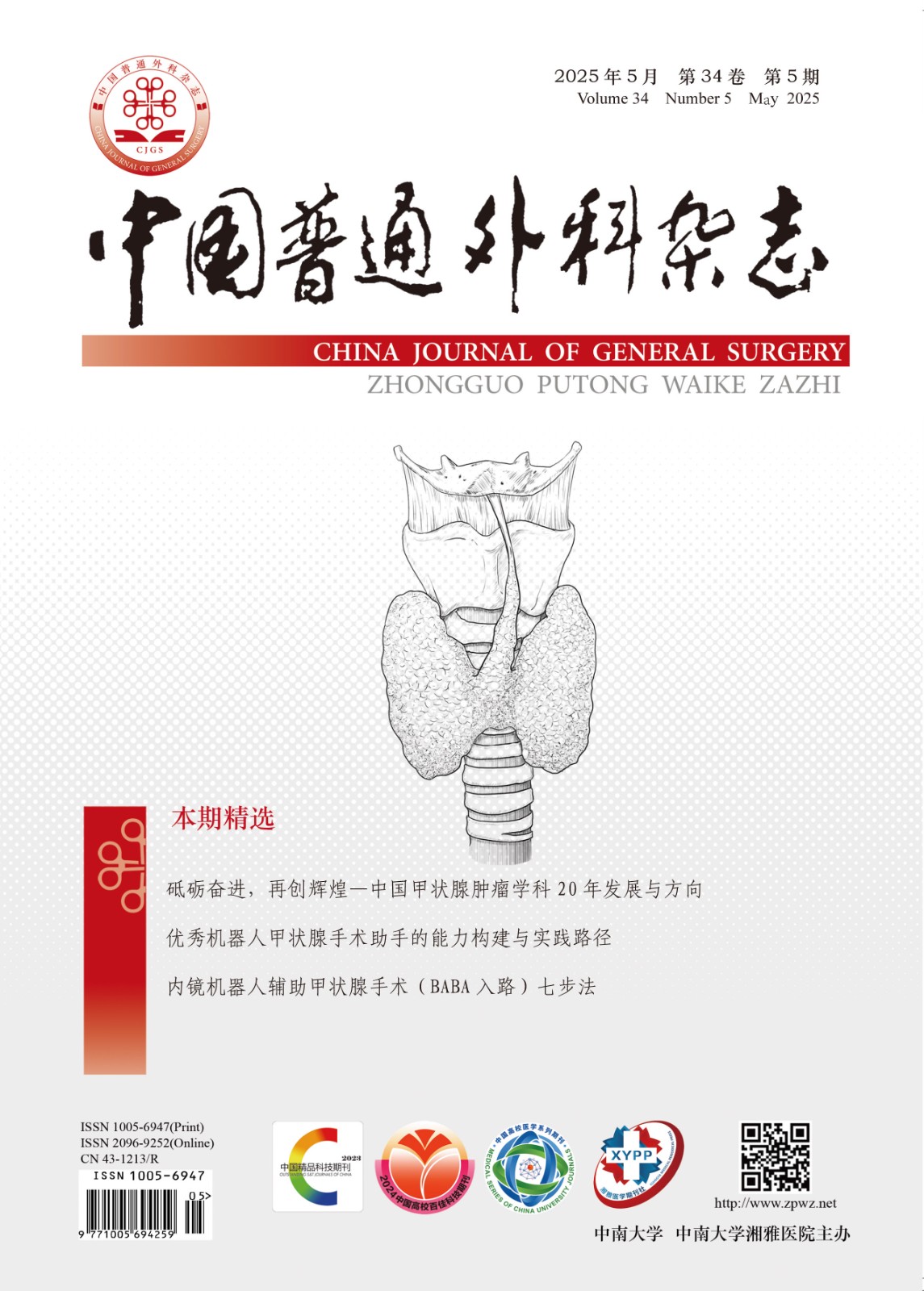Abstract:Background and Amis Gallbladder cancer (GBC) is the most common malignant tumor of the biliary tract, accounting for approximately 80%-95% of biliary tract cancers. This type of tumor has a poor prognosis, and currently, there are no effective tools for evaluating the prognosis of GBC. Therefore, this study was performed to investigate the factors influencing the prognosis of GBC patients to provide a reference for clinical practice.Methods The clinical data and follow-up information from 160 GBC patients treated in the Hunan Provincial People's Hospital from January 2018 to January 2024 was retrospectively conducted. The clinicopathologic characteristics of GBC patients were analyzed. Kaplan-Meier and Log-rank tests were used to calculate and compare the differences in overall survival (OS) among GBC patients with different clinicopathologic characteristics and treatment methods. Multivariate analysis using Cox regression was performed to identify independent prognostic factors for GBC.Results Among the 160 patients, 113 were females and 47 were males. The median age of the patients was 62 years, with the main clinical manifestations being abdominal pain/distention (55.63%), jaundice (40.63%), appetite loss (30.62%), and weight loss (19.38%). Serum tumor markers, including CA19-9, CA125, CEA, and CA724, were elevated in 58.75%, 30.63%, 30.00%, and 20.63% of GBC patients, respectively. Clinical stage classification revealed that 139 patients (86.87%) had stage Ⅲ/Ⅳ disease, 132 patients (82.5%) had T3/T4 stage, 91 patients (56.87%) had N1/N2 stage, and 54 patients (33.75%) had M1 stage. The pathological type of GBC was predominantly adenocarcinoma (92.50%), with the majority classified as moderately differentiated (19.38%), moderately to poorly differentiated (34.37%), and poorly differentiated (24.37%). Neural or vascular invasion was present in 29.37% and 21.25% of patients, respectively. Univariate analysis showed that diabetes, jaundice, liver function (Child-Pugh classification), tumor marker levels (CA19-9, CA125, CEA, CA724, CYFRA 21-1), clinical TNM stage, degree of differentiation, vascular or neural invasion, surgical treatment, and other treatments (chemotherapy, immunotherapy, targeted therapy, traditional Chinese medicine, etc.) were significantly associated with the prognosis of GBC patients (all P<0.05). Multivariate Cox regression analysis revealed that diabetes, elevated CA125, and TNM stage were independent risk factors for poor prognosis in GBC, while chemotherapy-based drug treatment was an independent protective factor (all P<0.05).Conclusion Diabetes, elevated CA125, TNM staging, and treatment methods are closely related to the prognosis of GBC patients. Targeted treatment strategies should be developed for patients with risk factors, and surgery or chemotherapy-based drug therapy should be prioritized to improve patient prognosis.










































